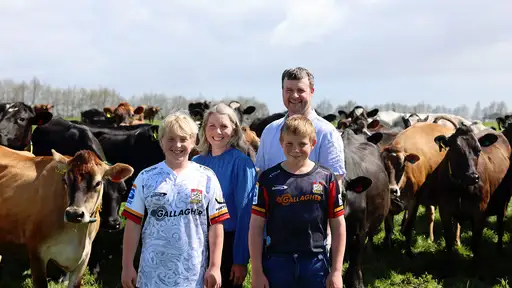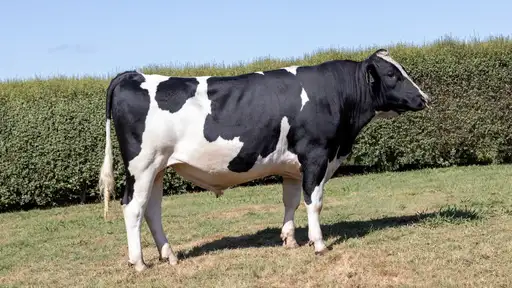It’s well-known we live in one of the best countries in the world - if not the best – for dairy farming largely due to our climate, topography and soil types but large expansions and easy borrowings, based on capital gains in the past few years, have led many farming enterprises to accumulate a large amount of debt. With the new season underway, dairy farmers should be reviewing their budgets and assessing debt levels. But what else could farmers be doing to weather winter and the seasons ahead and come out on top?
Frailty of finance
Reduced land values in certain regions coupled with banks no longer being amenable to financing dairy expansion or requesting capital repayments means many dairy farming operations need to more mindful than ever of managing our income and expenses. Consider where savings can be made and ensure you lock in profits with considerations for payments and tax yet to be paid.
Solid payment
Fonterra has announced a wide ranging opening milk price forecast of $5.40 - $6.90/kgMS for the 2020/21 season. Thankfully currently looking on the higher side. Taking into account maintenance, debt repayment and capital development to meet regulatory requirements, the breakeven milk price for many dairy farms will sit at around $6.50 - 6.60/kgMS. For farmers that are highly leveraged, a milk price as close as possible or above $6.50–$6.60 range (and certainly no less) will be needed to make any headway. By now farmers should have done the numbers on their anticipated payment range and updated their budgets to reflect the different scenarios. If not, get onto it. Look at your farm working expenses and know what your break even milk price is.
Continually improving
It’s going to be another busy and at times trying season so get yourself match fit by reviewing last season’s financials and asking yourself, what went well and what could you have done better? Where is there room for improvement and where could efficiencies be made? And remember, small changes can make big differences to bank balances.
Shop around
Compare your operation with other farms of a similar size and system to gauge your strengths and challenges. Make use of the annual Dairy NZ economic survey or dairy base to compare costs.
Seek expert help
Farmers are usually Jack’s and Jill’s of all trades but it’s important to seek counsel from a trusted advisor whether that be a professional farm management consultant, bank manager, accountant or lawyer at different times during the year for impartial advice and a fresh perspective. Equally importantly, plan ahead and monitor your monthly cash flow budgets so you know your current business financials. Take advantage of financial & budgeting software such as Figured-Xero or Cashmanager Rural to help with this. Once you are set up, these tools can be very useful to identify how you are performing, where you are heading and what changes you need to consider and make to remain profitable and sustainably in business.
Now is the time to utilise available resources to ensure an even more resilient farming community as our country collectively pulls together to weather the post COVID storm. And if you feel overwhelmed at any stage, and for any reason, reach out to your local Rural Support Trust (phone 0800 Rural Help). They’re there to help whatever the circumstance.
FarmWise® Consultant Phil Fleming, Taranaki




